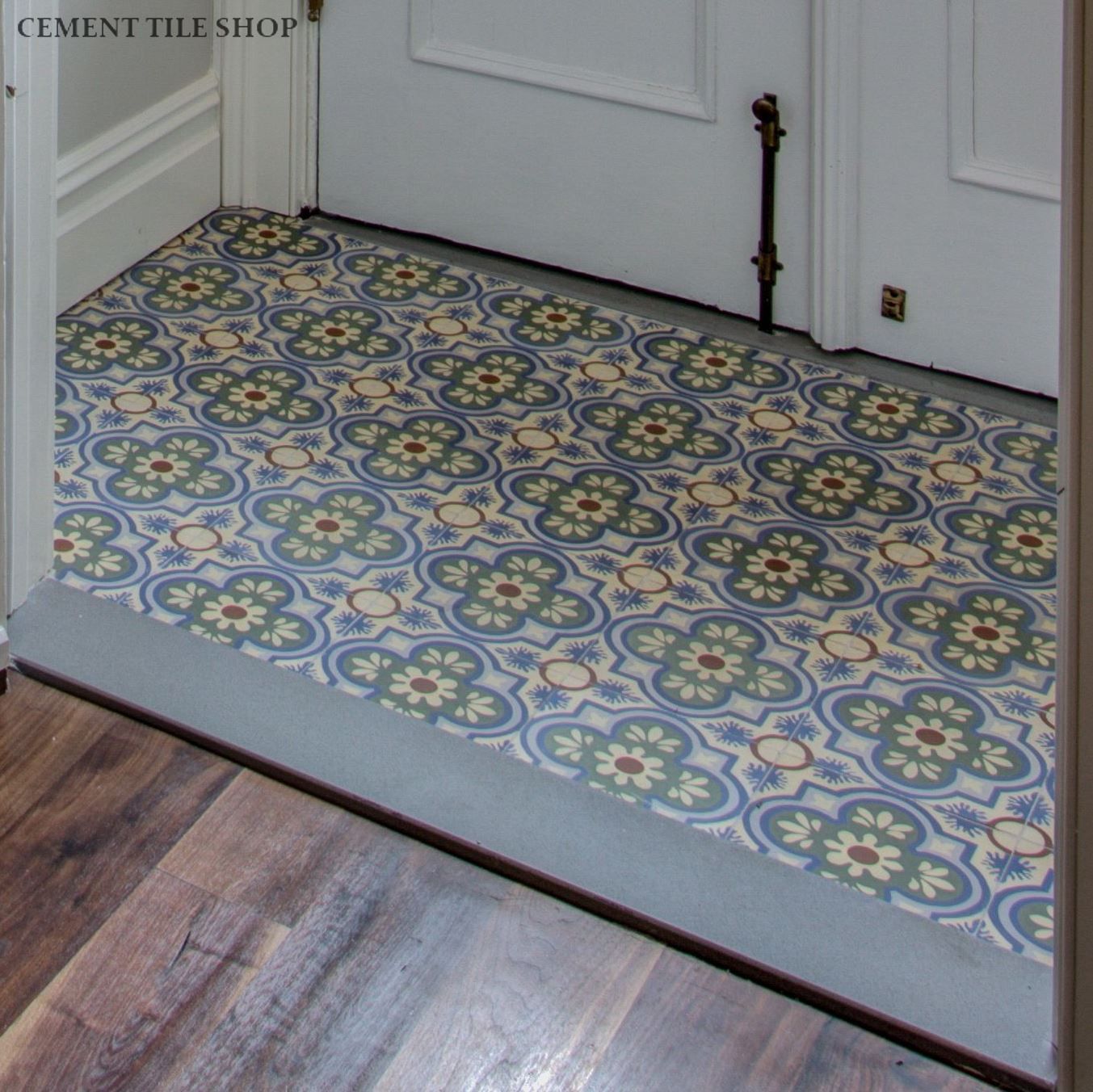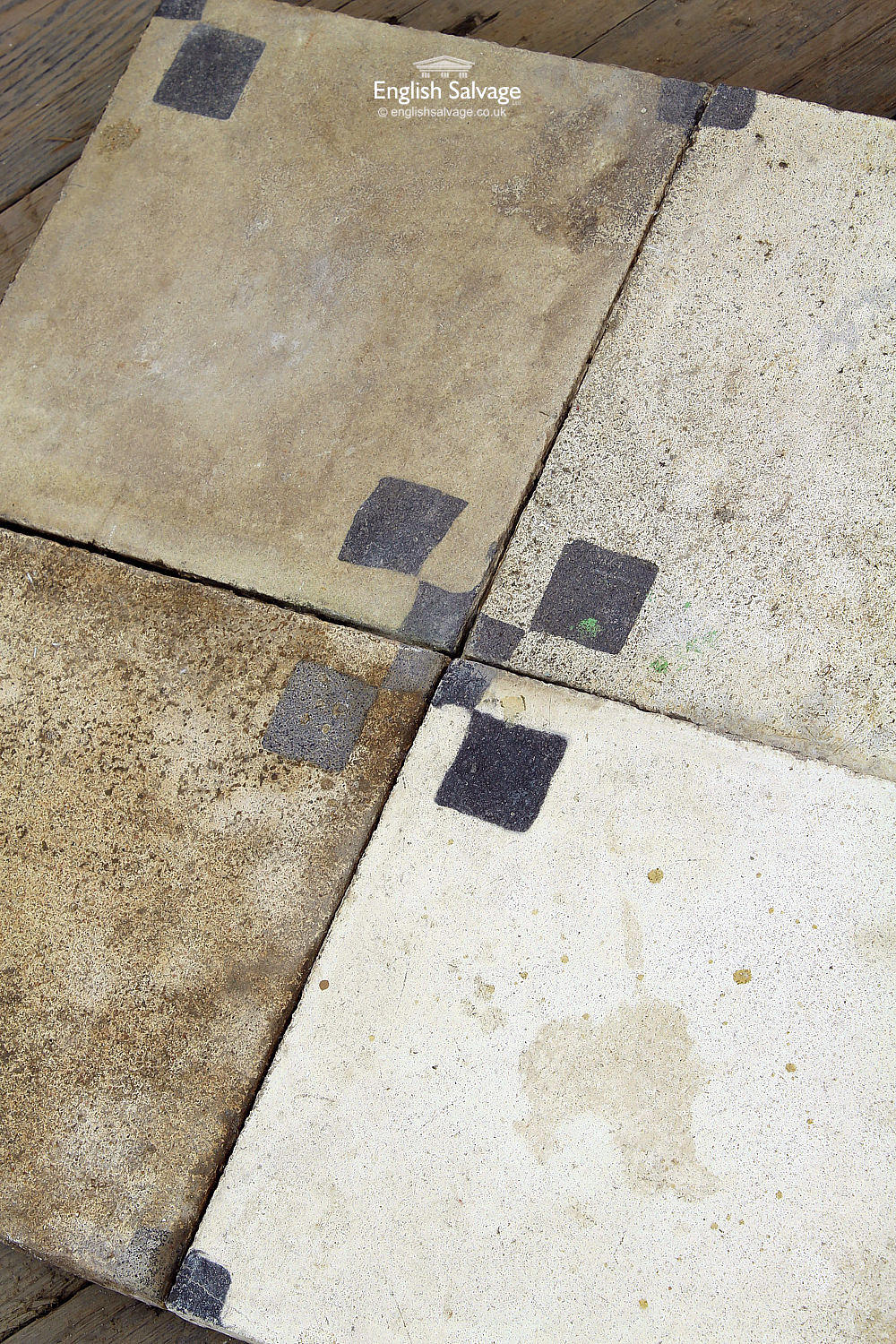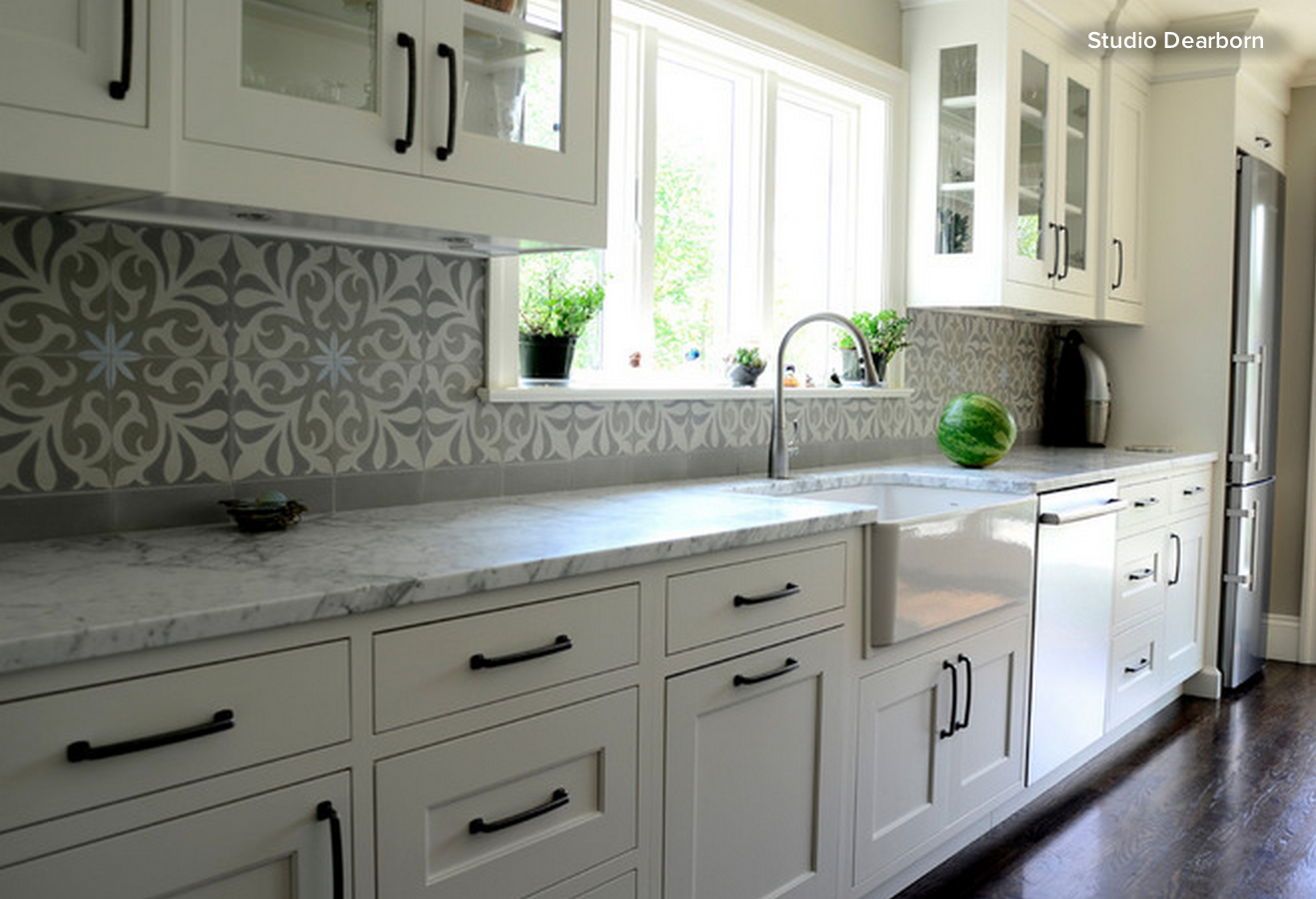

Their popularity began to wane in the 1920s but spread again in the 40s primarily in California and Florida. It was used in thousands of landmark public buildings and palaces. Around the turn of the 20th century, the tiles were very popular and were considered a high-end floor covering. In the United States, several sources say the first tiles were made near the country's first Portland cement plant.

They were exhibited in the Paris (France) International Exposition of 1867 by the Catalan company Garret & Rivet. The pigment layer is hydraulically pressed into the surface and becomes a part of the tile.Ĭement tiles appeared in the 1850s in Catalonia, Spain. They derive their durability from the combination of finely dehydrated ground Portland cement layer and a coarser layer of sand and cement. that did not allow for such decorative embellishment but were cheaper.Ĭement tiles are not fired there is no glaze layer on the surface of the tile. They represented a revolution in flooring in their day because they were much cheaper, more durable and easier to make than the previous handmade glazed ceramic tiles and were therefore more universally available for houses, and they allowed for profuse decorative patterns, their age of splendour being the end of the 19th to the middle of the 20th centuries, before they were gradually superseded by newer technologies as of the 1960s, such as terrazzo, salt-glazed stoneware, etc. Another origin is from Viviers, in the south of France, location of the famous ciment factory Lafarge. They appeared in Catalonia (Spain) in the 1850s, and have been widely used in Europe and America. Here's an Example.Cement tiles or hydraulic tiles are handmade colourful tiles used as floor and wall tiling.

They last far longer than ceramic bathroom tiles and wood, and can be customized with your own ideas to provide you with something you won’t find anywhere else.Ĭement tiles can be used on the floors and walls in the kitchen, living room, foyer, dining room, bathroom, and laundry room on the kitchen backsplash and underside of the island they can be used on the walls to add a unique work of art on an outdoor patio and can be applied in unique ways to create one-of-a-kind features like tile rugs. When it comes to combining beauty with functionality, no product outshines cement tiles. Cement tiles have high thermal mass, acting as excellent insulators for your family’s comfort and your home’s energy bills. Ceramic floor tiles that are unglazed typically have a matte finish and come in either an earth red or natural brown clay tone.Ĭement tiles are made from a mixture of sand, cement, color pigment, and a marble powder that is poured into metal molds, backed by a dry concrete mixture, and then compressed under 2,000 pounds of pressure. Ceramic backsplash tiles are often most suited for counter tops, backsplashes, walls, and mosaics. While cement tiles and ceramic tiles may look very similar to each other, the differences in how they are made and the features they provide are what sets them apart.Ĭeramic tiles are made with red, brown, or white clay and can be either glazed or unglazed, and are fired in a coal or wood fired kiln. Cement Tiles Vs Ceramic Tiles: How They Are Made We have explained the different qualities of cement tiles vs ceramic tiles below so you can get a good understanding of which is the better product to invest in for your home. You may be asking yourself, “Which one is the better product, cement tiles vs ceramic tiles?” “What are the differences between them?” And, “Which tile type should I choose for my space?” With all the talk you may have been hearing in home decorating magazines and home renovating shows about the wonders of cement tiles, you may be wondering if they’re the same as ceramic tiles, and if not, what the differences between them are.


 0 kommentar(er)
0 kommentar(er)
